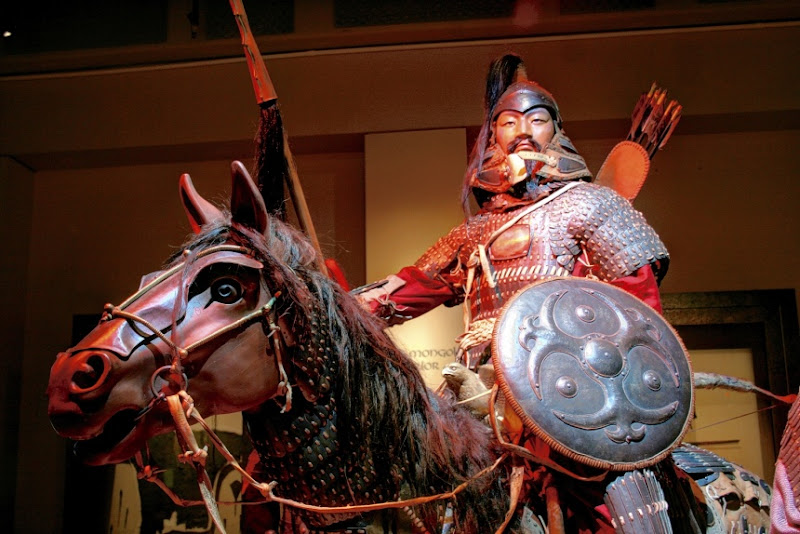One of the greatest mysteries of archaeology is the location of Genghis Khan’s tomb. After establishing the Mongol Empire in the late 12th and early 13th centuries, Genghis Khan died in 1227 and is buried in an unmarked grave somewhere in Mongolia.

An exhibition of the largest collection ever assembled of the Empire of Genghis Khan is on display at the North Carolina Museum of Natural Sciences in Raleigh through Jan. 16.
The exhibition is on loan from the Mongolian Ministry of Education, Culture and Science as well as private collections and contains more than 200 artifacts. Murals and videos were created for the exhibit to accompany the artifacts.

The Mongol Empire was one of the most diverse empires in history. Genghis Khan created passports to protect legitimate travelers in his empire and there was paper money, maps and handwritten manuscripts. He is credited with unifying the various powers along the Silk Road, which increased trade between the West, Middle East and Asia.
Models of siege weapons — a traction trebuchet (an early catapult) and an oversized triple crossbow — that were vital to the Mongol’s capture of walled cities will be on display. Other weapons in the show include battle axes, scimitars, lances and powerful bows.

A recent addition to this exhibition is a mummified Mongolian princess from the time of Genghis Khan — along with her wood coffin, fine silk robes, pearl earrings and many other tomb treasures.

The mummy, on loan from the Institute of Archaeology of the Mongolian Academy of Science, was discovered by Mongolian archaeologists in the Western Gobi Desert, naturally preserved by the arid conditions of a sheltered cave.
The location of Genghis Khan’s tomb is still one of modern archaeology’s most enduring mysteries.
Source: Reflector [December 23, 2011]